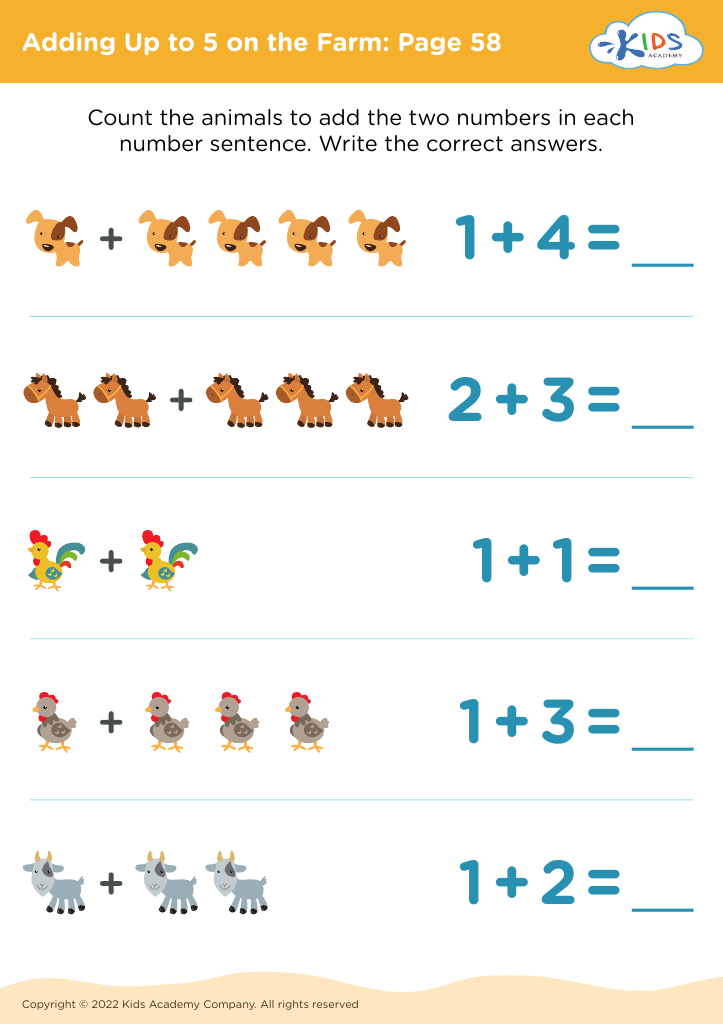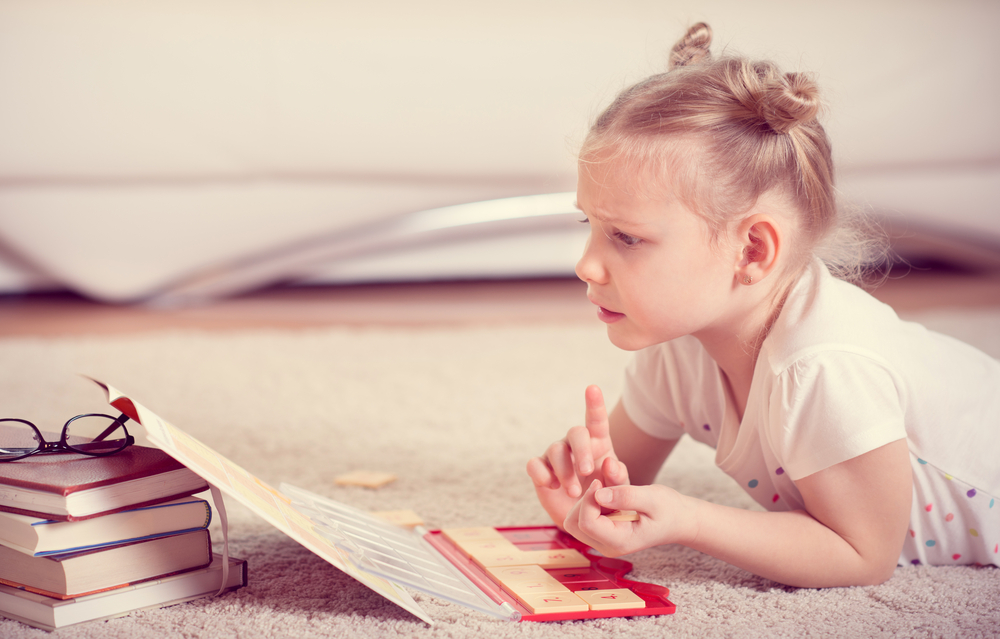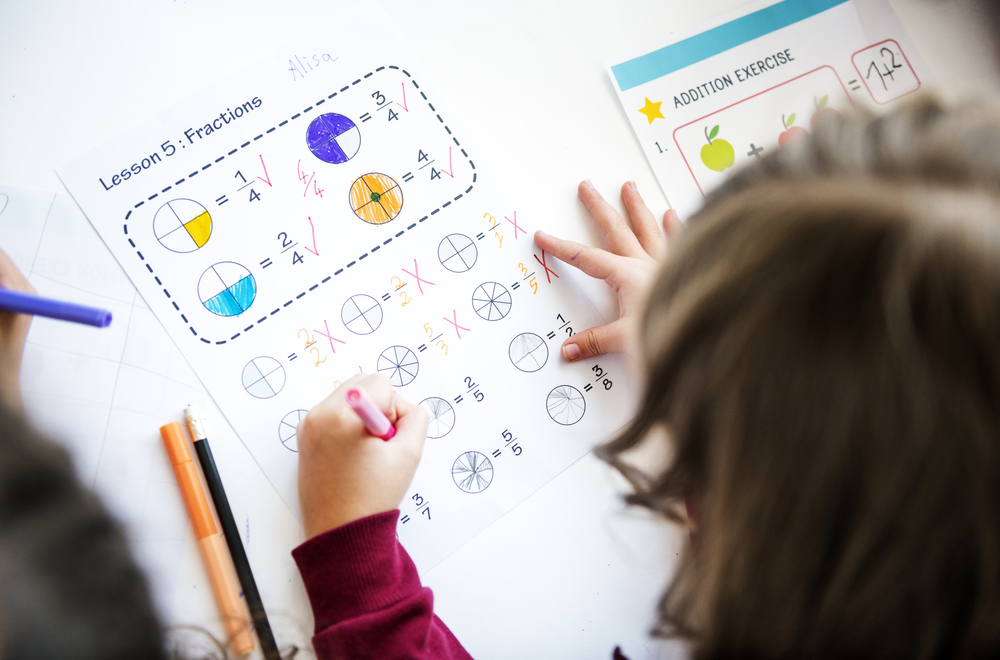Observation skills Worksheets for Ages 3-5
6 filtered results
-
From - To
Boost your child's cognitive development with our specialized Observation Skills Worksheets designed for ages 3-5. These engaging, age-appropriate activities help young learners enhance their attention to detail, improve memory, and develop critical thinking abilities. Each worksheet offers fun, interactive exercises that encourage children to identify patterns, spot differences, and understand sequences. Our scientifically backed designs ensure that your little ones are developing essential skills while having fun. Perfect for both parents and educators, these worksheets are an excellent resource to support early learning and prepare children for a bright academic future. Download today and watch your child's observation skills flourish!
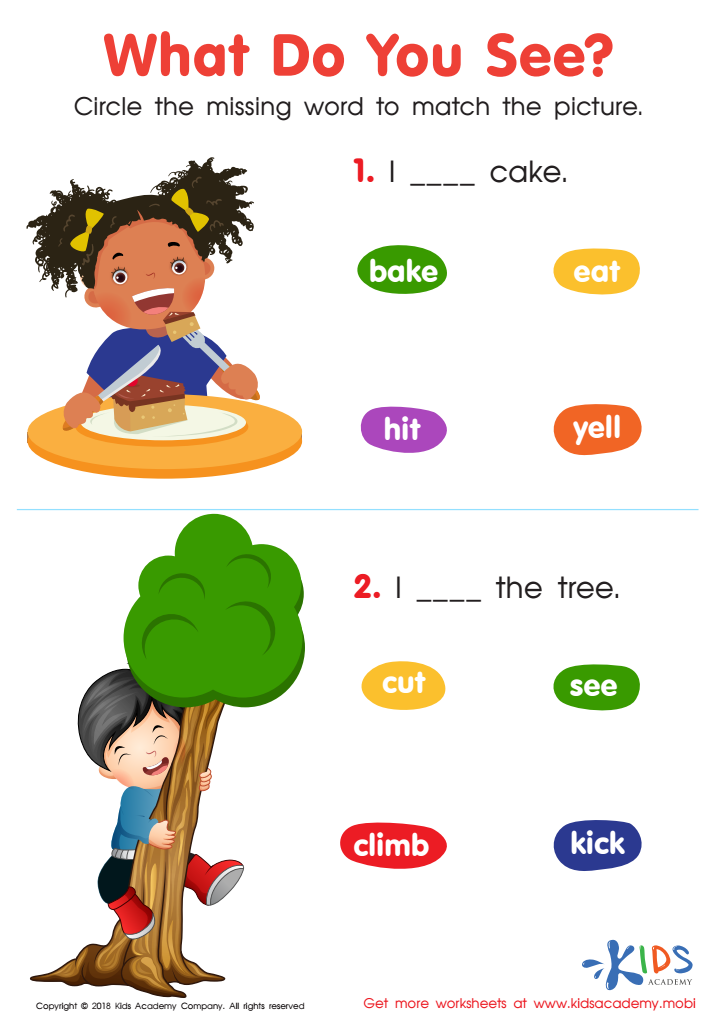

What Do You See? Reading Worksheet
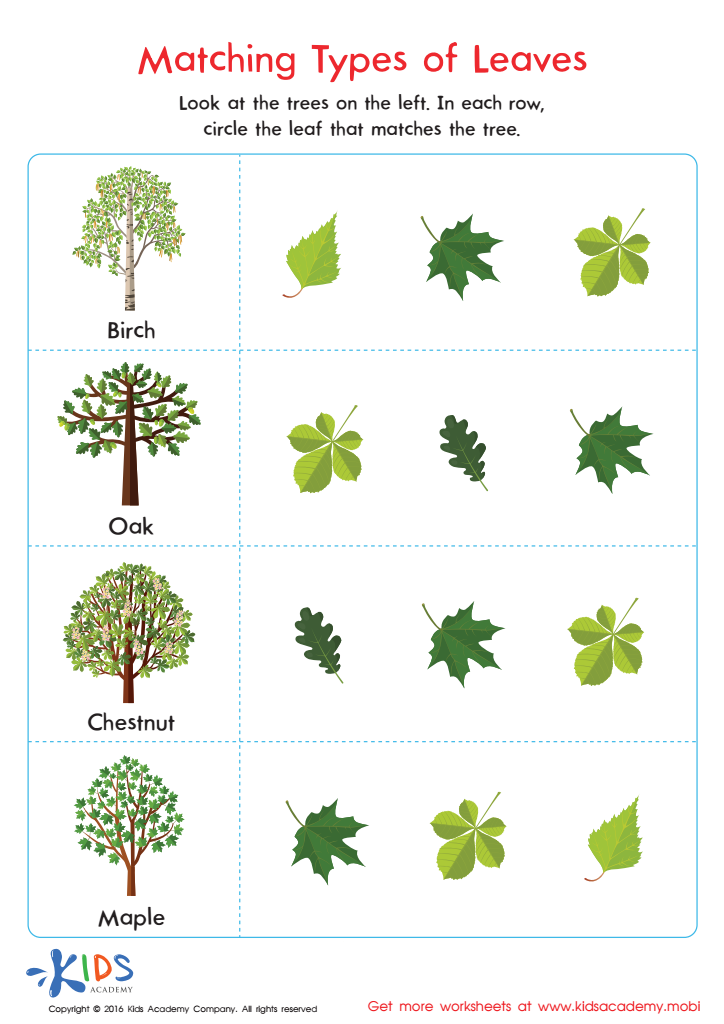

Matching Types of Leaves Printable


The 5 Sense Scientist Worksheet


Finding 16 With Fossils Worksheet


Pair Pears Worksheet
Observation skills are crucial for children aged 3-5 as they lay the foundation for academic and personal development. Parents and teachers should care about fostering these skills because they contribute significantly to a child's readiness to learn and adapt to their surroundings. Firstly, observation skills enhance sensory awareness, allowing children to better understand and interact with the world around them. Noticing details, patterns, and changes in their environment helps them build conceptual understanding and problem-solving abilities.
Additionally, strong observation skills support language development. By carefully watching and absorbing interactions, children expand their vocabulary and comprehension. These skills also play a critical role in developing social and emotional intelligence. Through observing peer behaviors and social cues, children learn empathy, cooperation, and effective communication.
Moreover, observational activities such as noticing nature, engaging in art, and examining storybook illustrations cultivate critical thinking and creativity. Children become curious, inquisitive learners eager to explore and ask questions.
Lastly, by paying attention to each child's observational strengths and patterns, parents and teachers can tailor educational experiences to better suit individual learning styles. This personalized approach boosts engagement, confidence, and motivation. Thus, encouraging and nurturing observation skills in these formative years significantly benefits overall development and lifelong learning.
 Assign to My Students
Assign to My Students

